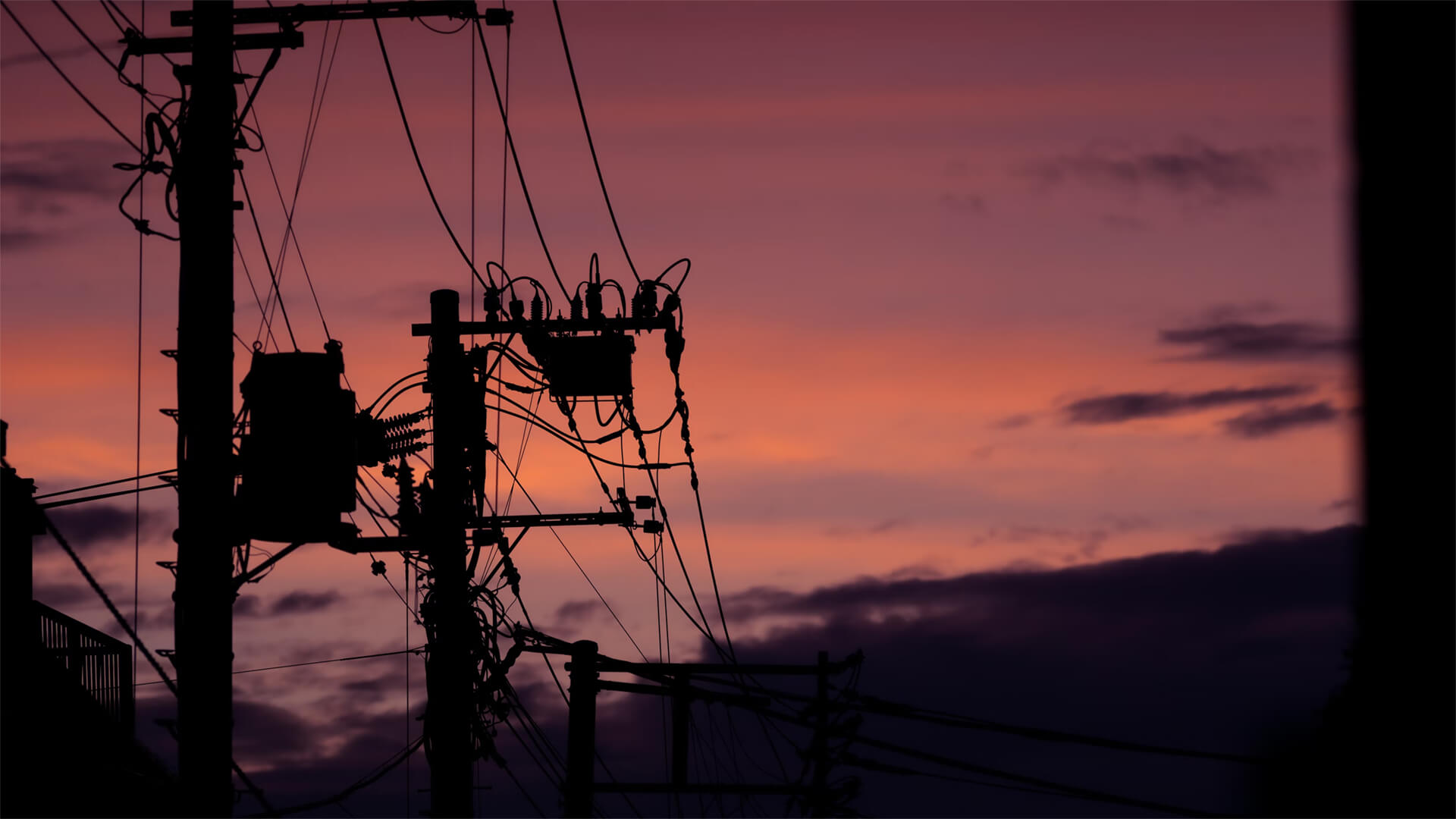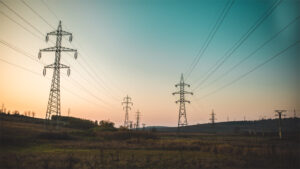The Webinar – The State of Global Energy – is only 10 days away!
Peter will deliver his analysis and forecasts for regional energy production and his assessment of geopolitical risk—everything from war, to instability and regulatory risk—with an eye on challenges and opportunities facing global production and supply.
Please join us on Friday, May 10th at 12:00 PM EST.
Over the weekend, some Texans had a not-so-friendly reminder that their power grid doesn’t work well under stress. This is just one of many outages and electricity challenges that Texas will face in the coming years.
There’s 3 main things contributing to the state’s energy grid issues: climate change, population growth, and industrial regeneration. Some of these are bit easier to track than others, but Texas must carefully navigate each of them to keep up with demand.
As energy demands grow, the Texas grid will have to expand significantly to keep up. That means we can expect plenty of regulatory and infrastructure changes coming down the pipe.
Here at Zeihan On Geopolitics we select a single charity to sponsor. We have two criteria:
First, we look across the world and use our skill sets to identify where the needs are most acute. Second, we look for an institution with preexisting networks for both materials gathering and aid distribution. That way we know every cent of our donation is not simply going directly to where help is needed most, but our donations serve as a force multiplier for a system already in existence. Then we give what we can.
Today, our chosen charity is a group called Medshare, which provides emergency medical services to communities in need, with a very heavy emphasis on locations facing acute crises. Medshare operates right in the thick of it. Until future notice, every cent we earn from every book we sell in every format through every retailer is going to Medshare’s Ukraine fund.
And then there’s you.
Our newsletters and videologues are not only free, they will always be free. We also will never share your contact information with anyone. All we ask is that if you find one of our releases in any way useful, that you make a donation to Medshare. Over one third of Ukraine’s pre-war population has either been forced from their homes, kidnapped and shipped to Russia, or is trying to survive in occupied lands. This is our way to help who we can. Please, join us.
TranscripT
Hey, everybody. Peter Zeihan here, coming to you from Colorado. we’re going to talk today about Texas because back on the 28th, on Sunday, the, electricity regulator of Texas called Ercot warned that there could be rolling brown and blackouts on the 29th of April. their concern was that temperatures were already expected to nudge up above 90 degrees in some parts of central and southern Texas.
Now, at the end of the day, it wasn’t too bad. We just had a few sparks and brownouts here and there. The issue here is twofold. First, the one I can’t do anything about, and that’s climate change as Texas is getting warmer, as the population is expanding and people are moving into warmer and warmer areas. you’re seeing more pressure on the system writ large.
electricity systems can transmit as much power when it’s hot. In addition, things like water cooling systems for, say, nuclear power plants don’t work as efficiently. So hot actually doesn’t just mean demand goes up. It means sometimes supply can go down. The other problem is more industrial, and it’s going to become a bigger and bigger and bigger problem moving forward at a much faster rate than anything the climate change does.
as the Chinese and the European systems crack. the United States is going to have to enter in a period of extreme industrial regeneration. Now, we’ve already started that. We’ve seen industrial construction spending in the United States expand by a factor of ten in just the last five years, and Texas has been an outsized beneficiary of that.
But the bottom line is this if you’re going to add a lot of industry and manufacturing, you’re going to be moving metal and forging materials and doing a lot of stamping. And all of those are really electricity intensive. It’s not that we don’t use more electricity as we get into things like server farms, but it’s nothing compared. What happens when you forge and move stuff.
So I estimate that the United States needs to roughly double the size of its industrial plant. And just from that, we need 50% more electricity. Well, in the case of Texas, you got a triple bind here. You’ve got the energy transition, which is more electricity dependent. You’ve got a population explosion as people move to Texas because it’s a cheaper place to live.
There’s no taxes. Land is cheap. food is cheap. Electricity until recently was cheap. And so you’ve got just a broad spectrum demand build and then the manufacturing renaissance on top of that. So I would estimate that the Texans need to actually double the size of their grid, preferably within the next 10 to 15 years, that we have never had that kind of build out before.
Now, there is a problem here in addition to just the sheer numbers involved, and that is the regulatory structure of Texas. It is separated from the rest of the national grid. It regulates itself, and connections between Texas and the rest of the country are very slim. So when Texas enters into a period of abject shortage, the only solution for it is to overhaul its regulatory structure, to bring in new power systems, or to link up to the rest of the grid, which means some federal regulation will come into play.
The Texans really don’t want to do option B. The problem with option A is if the Texans are have to change their ideology of power management. Right now, the way Ercot regulates the space is you can only charge the rate payers money four times when a power plant is actually operational. Well, that sounds kind of obvious. The problem here is when you deal with situations like, say, peak demand in the evening, you have to bring in a lot of peaker plants.
When you’re looking at solar systems. if you’re going to bring them on line, they only generate during the day. So what Texas has done partially for ideological reasons, is to penalize, companies that build systems that are not used all the time. Thing is, when you get into surge demand situations, that just means the grid goes down and that is an entire model that they are going to have to reimagine.
Now, people will, of course, point to California as a counterpoint, and I’m not saying that Californians have figured it out either. California’s decided to go whole hog into the green transition and pull out all the coal out of their system, and now as much natural gas as they possibly can. And they’re starting to make some crazy claims about having a largely carbon free grid.
And it is a lie. The Californians are really bad at math. basically every time the sun goes down, you know, every day they turn on this 11 gigawatt capacity cluster of lines that connects Los Angeles to, the Arizona border. And every a bed of electrons that are coming in from Arizona is fossil fuel driven, primarily natural gas and coal.
overall, California imports over one third of its electricity. They just don’t include that data in the math. So it’s not that California has really gotten green. It’s a California has simply outsourced its carbon emissions. Both California and Texas, I would argue, are now operating on a model that is failing, and both of them need to get overhauled.
Texas, however, is the one where this is going to be a desperate issue because no one is really thinking, oh, I’m going to build a manufacturing plant just outside San Jose. No no no no no no no. All that sort of stuff happens in Texas. So the demand to build is going to be explosive. And it’s going to force the Texans to make some uncomfortable decisions and some very large investments very soon.








